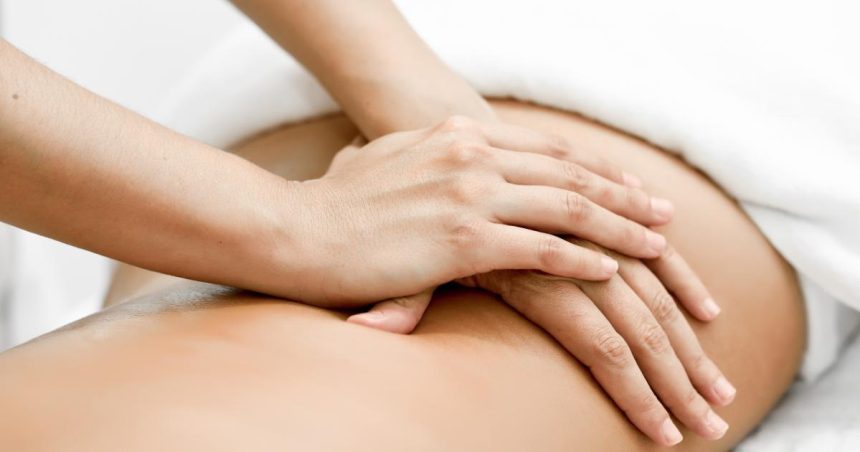TAFE NSW’s Diploma of Remedial Massage course has been redesigned to address the increasing number of Australians living with chronic pain spurred by an aging population and long COVID-related symptoms.
As reported by the Australian Government Department of Health’s 2021 National Strategic Action Plan for Pain Management, one in five Australian adults experience chronic pain. And, according to Arthritis Australia, one of the leading causes of pain is arthritis with 3.6 million Australians currently living with the disease. This figure is projected to rise to 5.4 million by 2030.
In response, two additional units have been added to the TAFE NSW Diploma of Remedial Massage course. Apply Principles of Pain Neuroscience and Research and Apply Evidence to Practice were developed in consultation with industry experts and the units will be delivered to remedial massage students at TAFE NSW Blue Mountains this term – equipping them with the skills to meet the growing demand for pain management services.
Course Co-ordinator of TAFE NSW Blue Mountains and Nepean Massage Therapy Marguerite Rummery says students are seeing more clients in their clinic with pain-related conditions such as arthritis, fibromyalgia, and post-COVID-associated pain.
“TAFE NSW is equipping our Diploma of Remedial Massage students with up-to-date skills and knowledge to further help alleviate painful conditions experienced by their clients,” Rummery says.
“We are so pleased to add further knowledge and training to their skill set so TAFE NSW can meet the needs of industry and communities. In the last decade, massage therapy has changed focus to long-term pain resolution and functional testing rather than short-term relief. Remedial massage therapists often work alongside other allied health professionals in supporting patients who are experiencing pain or seeking rehabilitation following an injury. Our students have seen firsthand the effectiveness of massage therapy in calming the nervous system and reducing pain.”

Association of Massage Therapists (AMT) Executive Officer Rebecca Barnett says AMT strongly supports the new training units so remedial massage therapists can provide essential pain management services in clinical settings.
“AMT actively championed the inclusion of these units,” Barnett says
“Pain, both persistent and acute, is the most common reason that people seek remedial massage. With the growing burden of chronic disease, COVID-19-related musculoskeletal conditions, and an aging population, demand for pain management services will continue to rise.
“The future care burden from COVID-related musculoskeletal conditions is eye-watering to contemplate. Remedial massage therapists will need the critical skills they will gain from these two units of competence to access, navigate and clinically apply the nearly 4,000 (and rising) research papers relating to COVID-related musculoskeletal disorders.
“Persistent pain patients struggle to access health providers so having an informed and skilled remedial massage therapist workforce has great potential to ease the demand for allied health services. Massage therapists are uniquely placed within the health care system to invest time in providing the biopsychosocial, person-centred care that persistent pain patients need.”
Diploma of Massage Therapy student Vicky de Lacy Egan upgraded her Diploma in order to practice again and says massage is a “great therapy”.
“It’s very hard to make someone feel worse after a massage! And with remedial skills and techniques, you can genuinely make a difference to people’s lives and help them get better,” she told EducationDaily.
“It’s a very comprehensive course, covering all aspects of clinical practice, but also developing business, communication and self-development skills. The teachers are passionate about their fields of expertise, and each bring a different energy, approach and set of skills for us to absorb and take into our own practice.”
After establishing a home clinic, de Lacy Egan says she hopes to expand my client base.
“I will be continuing my professional development and pursuing areas of interest, such as scar release, myofascial work and perhaps more comprehensive lymph drainage techniques,” she told EducationDaily.
“I am also interested in the Pain Management aspect of massage therapy and hope to do further studies at TAFE.”








